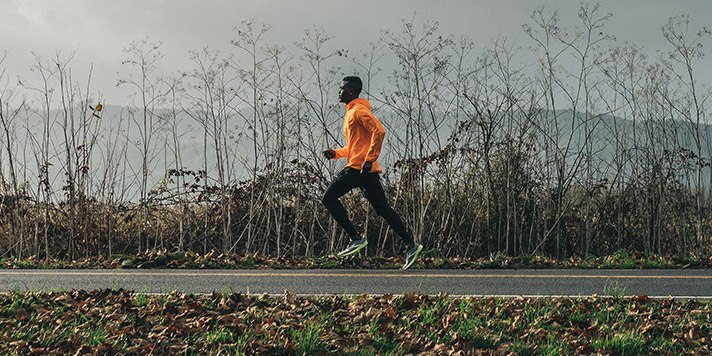Expert tips for running in the cold
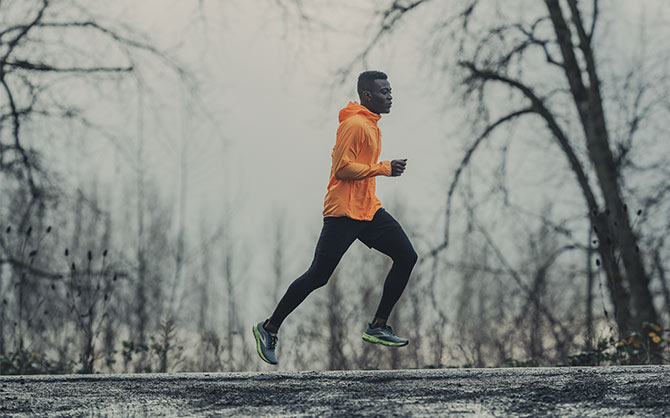
Do you struggle with your run when temperatures drop? An Alaskan runner shares advice on how to run in the cold.

It’s important to stick to your routine, weather be damned
The air is stupid cold. The condensation from your breath is as thick as fog. You can’t feel your hands or feet. Why do you do this?
The training you do in the winter gets you the results you want in the summer. Running in the cold can be difficult, but hibernating throughout the winter because you hate getting out in the frigid air won’t help you hit your long-term running goals.
Embrace these tips for cold-weather running, from pre-run to post-run and everything in-between.
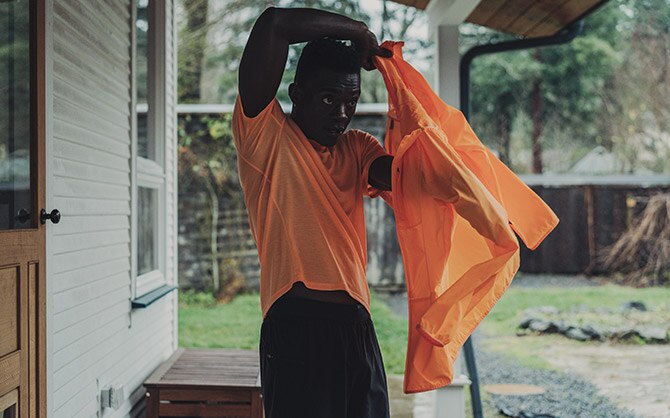

Pre-run: it’s all about the layers
- Assess the elements and choose the right gear for the weather. If it’s raining, go with a hat with a bill and a light waterproof jacket. If it’s colder, start with a warm base layer, and build from there. Learn more about layering up in winter.
- Dress like it’s 20 degrees warmer than it actually is outside, because you’re going to warm up and you don’t want to overheat on your run.
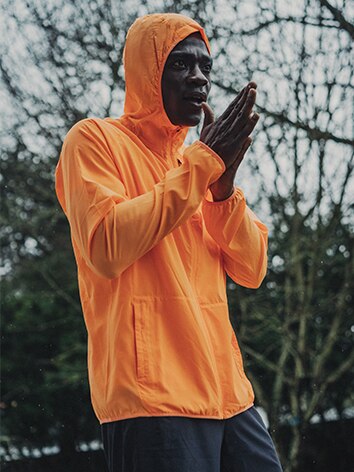
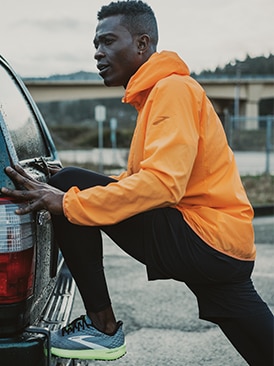
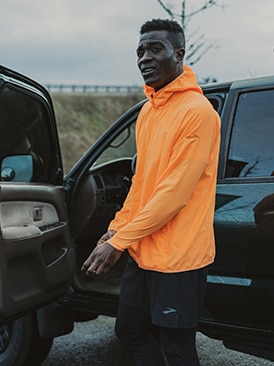
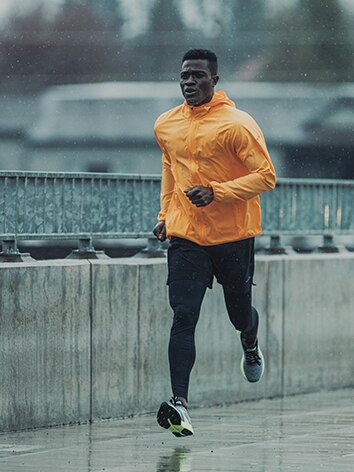
The run: the first 10 minutes are the hardest
- Be ready to push yourself at the beginning. Your body will be offended by the cold and it takes about 10 minutes to really warm up.
- Studs or tracks are a must when running on ice. Some local running stores will put studs on your shoes for you for a small fee. It’s worth avoiding injury and not losing speed from slipping and sliding.
- Like with the rest of running, being in the right mindset will help you push through the physical challenge of being cold. It’s also worth paying a little extra for quality gear that will last and keep you toasty kilometre after kilometre.
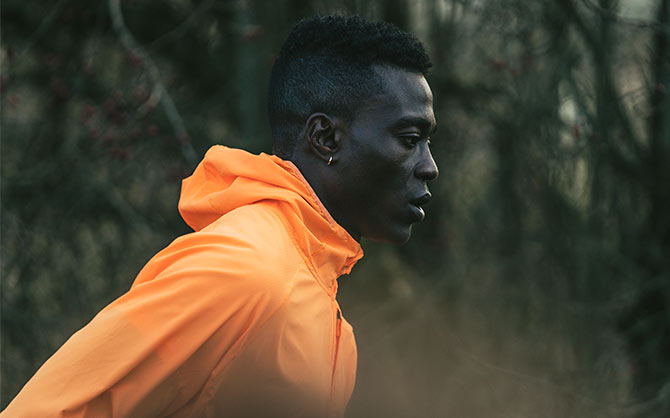
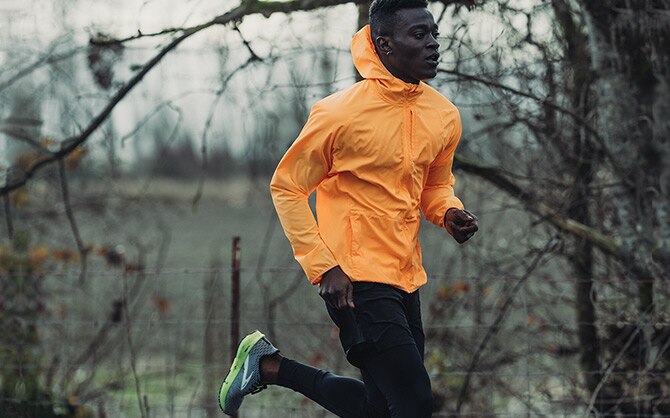
Post run: cool downs and hot sustenance
- It’s important to get out of your cold, sweaty clothes as soon as you’re done to avoid the post-run shivers. After you change, take ten minutes to carefully stretch out your neck, shoulders, arms and legs — all of which were probably a little extra tense in the cold.
- Get warm some hot chocolate or a nourishing bowl of soup after a chilly run.
- Don’t forget to drink water. It’s easy to put off after a cold run, but hydrating is important, no matter the weather.
